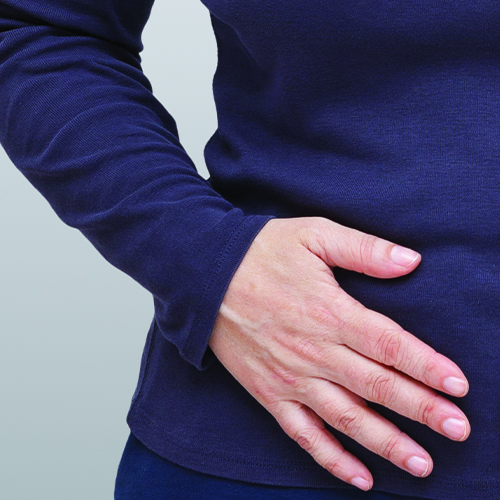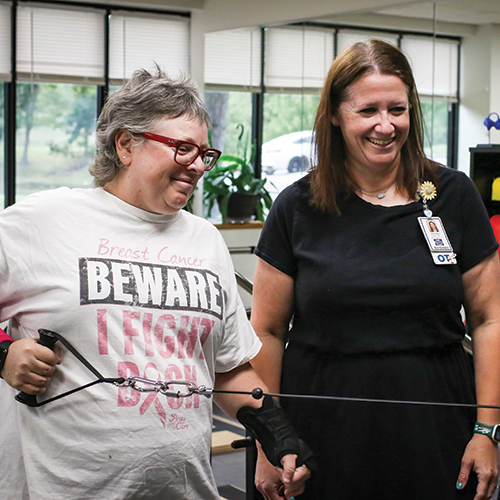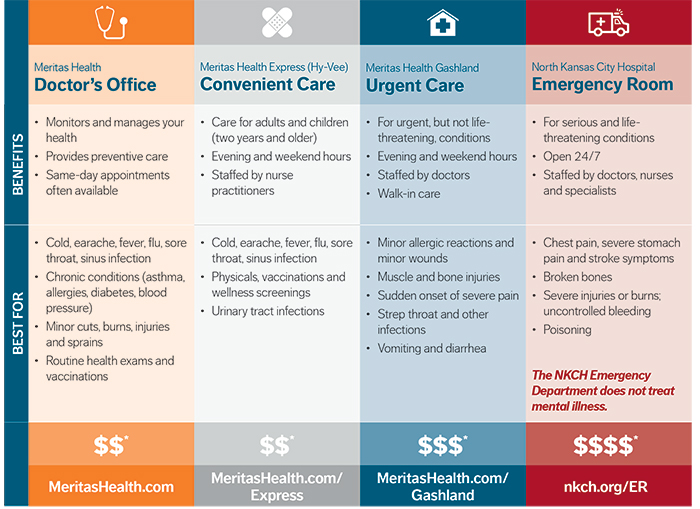Health Expert

Jackie Werner, MD
Read more about Dr. Werner's approach to women's health.
Approximately 20 million women in the U.S. have had a hysterectomy. It is the second most common procedure, following a cesarean section, or C-section. If you’re considering a hysterectomy, take a minute to learn the aspects of this procedure and what to expect following it.
What Is a Hysterectomy?
There are many different types of hysterectomies. The most common are supracervical and total. A supracervical hysterectomy is the removal of the uterus and only a portion of the cervix. A total hysterectomy is the removal of the entire uterus and cervix. Many believe “total” includes removing the fallopian tubes and ovaries as well, however, this is called a hysterectomy with bilateral salpingo-oophoprectomy.
There are three modes for performing a hysterectomy:
- Abdominal uses a large incision in the lower abdomen.
- Laparoscopic can be performed with or without robotic help to create three to five small incisions.
- Vaginal is the least invasive and only requires one incision at the top of the vagina.
Why Is a Hysterectomy Performed?
There are several reasons why a woman may request a hysterectomy or a doctor may recommend one. Many who undergo a hysterectomy are looking for pain relief or to help with bleeding problems. Other reasons may include:
- Endometriosis
- Heavy or irregular menstrual cycles
- Precancer or cancer of the cervix or uterus
- Pregnancy or delivery complications
- Reduce the risk of developing fatal conditions
- Uterine fibroids or other noncancerous growths
What Does Recovery Look Like?
A hysterectomy is a major surgery that can forever change a woman’s life. Women will no longer be able to have menstrual periods or carry a pregnancy. These permanent changes can cause complicated and confusing emotions.
“I encourage my patients to check out support groups, like HysterSisters, or seek advice from family and friends,” said Jackie Werner, MD, Club W medical director and OB-GYN with Meritas Health Pavilion for Women. “Support groups and loved ones not only help empower women to be informed on their decisions beforehand, but also help them navigate their emotions following their procedures.”
Depending on a woman’s health and type of hysterectomy, she may go home the same day or stay in the hospital for a few days. Full recovery can take six to eight weeks for all types of hysterectomy. In the first few weeks, women may experience bleeding, constipation, pelvic pain and urination problems.
If a woman has a hysterectomy before menopause and has one ovary removed as well, she may start menopause at a younger age than average. If both ovaries are removed, she will immediately begin menopause and experience symptoms, such as hot flashes and vaginal dryness. In most cases, the ovaries are left in place during a hysterectomy, resulting in no significant hormonal changes or increased risk of earlier hormonal menopause.
For most women who have this procedure, a hysterectomy can provide relief from pain or bleeding and improve their quality of life.
If you’re considering a hysterectomy, speak with your OB-GYN to learn more and make the best decision for you and your health.
Related Articles

March 9, 2020
3 Sneaky IBS Triggers
For people with irritable bowel syndrome, spring may spark a flare-up in symptoms

June 5, 2024
5 Consejos Sobre Nutricion para un Estilo de Vida Mas Saludable
Una alimentación saludable y una nutrición adecuada desempeñan un parte importante a la hora de mantener una buena salud. Aquí le mostramos cómo mejorar sus hábitos nutricionales.

May 31, 2024
5 Nutrition Tips for a Healthier Lifestyle
Healthy eating and proper nutrition play a big part in maintaining good health. Here's how to improve your nutrition habits.


